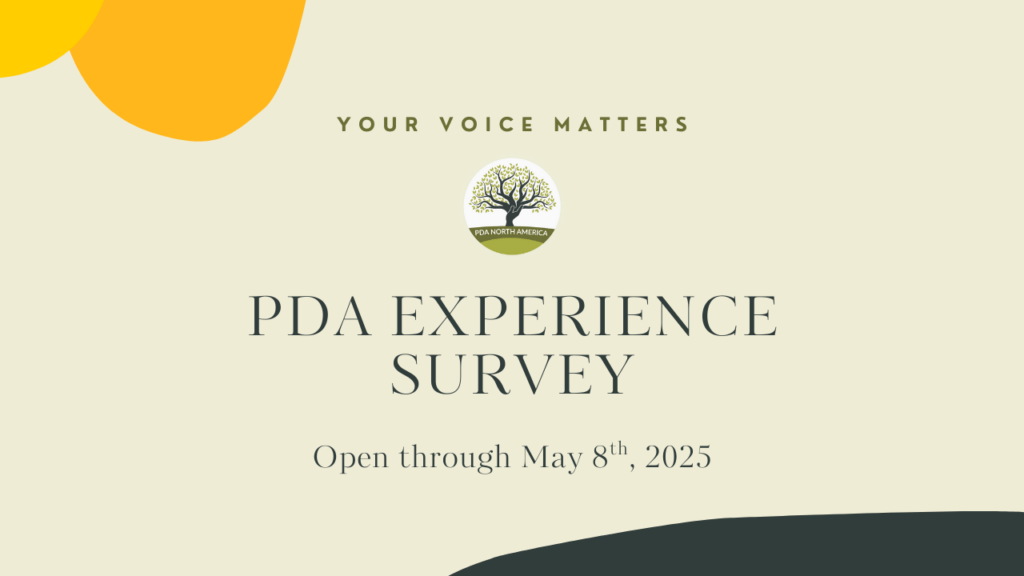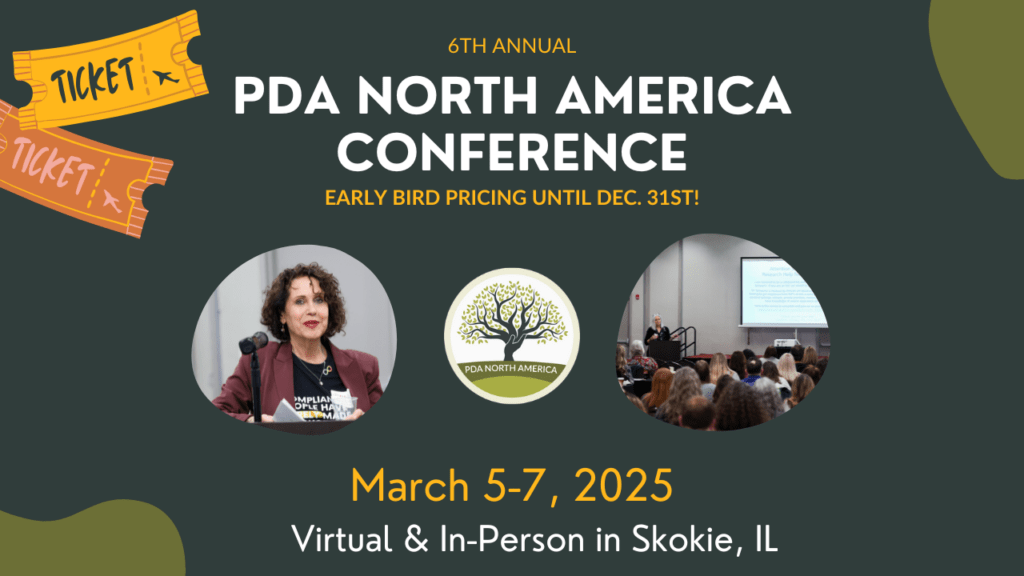The holiday season can be an intense time for our children. Even as the new year brings a sense of renewal, the return to school, homeschool co-ops, or other routines after a long break can feel like a challenge. For many kids, transitions—even ones they’re looking forward to—can stir up big emotions or heightened anxiety.
For parents, this time of year offers an opportunity to approach the transition with understanding and compassion, honoring your child’s unique needs and experiences. As a parent who is also autistic and ADHD, and who relates strongly to PDA, I’ve been reflecting on how these post-holiday transitions felt for me growing up. There are many things I wish I’d known then—about myself and about the world—that could have made the process feel more manageable.
A lot of this is written in the context of children who are in a more conventional school setting, because that was my lived experience growing up. At the same time, I am currently homeschooling my children, and I know every family is different. This isn’t meant to be exhaustive or a one-size-fits-all list. I recommend picking and choosing the strategies that work best for your family.
Recognizing the Challenge of Transitions
Even if your child is eager to return to school or see their friends, transitions can still feel overwhelming. For PDA children, the anticipation of returning to routines and responsibilities—getting up early, interacting with teachers and classmates, or following a schedule—can be intense.
I want to gently remind you that this isn’t a sign of “bad behavior” or “resistance”. It’s a natural response to the demands of the environment, which may feel like too much all at once.
I remember feeling torn between excitement to see friends and the discomfort of stepping back into a highly structured environment after the relative freedom of a break. As a kid, I didn’t always have the language to explain why everyday activities felt so hard. Knowing what I know now, I realize those feelings weren’t “wrong”— they were my brain and body’s way of processing a big shift.
Taking Stock After the Holidays
The weeks leading up to the new year can be full of sensory and social experiences—loud gatherings, changes in routine, and new or heightened expectations. Even if the holidays were joyful, they might have been exhausting too. Kids may need more time than we realize to recharge and settle back into themselves before taking on something new.
It can be helpful to take a moment to acknowledge where your child is. Are they feeling excited? Nervous? Tired? By validating their emotions, you show them that it’s okay to feel however they feel. You might say, “It’s understandable if going back to school feels like a lot right now. Let’s take this one step at a time and figure out what will help.”
Or if your child is able to access and receive questions, consider asking open-ended ones like, “What do you need to feel ready for school?” or “What would help you feel calm this week?” Even if they can’t always articulate it, offering choices and showing curiosity about their experience can help them feel supported.
Five Strategies to Support Your Child
Here are a few ideas that might help you ease the transition back into routines:
- Gradual, Collaborative Preparation
Invite your child to help plan for the return to school in a way that works for them. For example, you could decide together how to structure the morning routine or choose an outfit the night before. Emphasizing collaboration rather than compliance helps reduce anxiety and builds trust. Because we homeschool, we have a lot of flexibility in what this looks like. I also try to lean into my children’s interests and orient our school time around that. - Predictability with Flexibility
A visual schedule or talking through what the day will look like can make the process feel more predictable and manageable. Some kids enjoy making their own schedules with drawings or stickers, which adds an element of playfulness. Something we often do is identify what we’d like to do that day, then I invite my children to determine the order things get done. We also emphasize that the day is flexible and most if not all activities are optional. I also try not to have more than one non-negotiable in a day (in other words, I wouldn’t schedule a doctor appointment on the same day as our homeschool co-op or a visit with family.) - Connection First
Our kids need to feel safe and connected before they can engage with external demands. So before you dive into getting dressed or packing a lunch, spend a few moments connecting with your child. Whether it’s cuddling, chatting about a shared interest, or playing a quick game, these moments can help them feel safe and regulated, and hopefully facilitate their ability to take the next step. - Offer Choices and Support Autonomy
Autonomy is key for kids with PDA. Offering choices—even small options like choosing what snack to pack or which route to take to school—can give them a sense of control in situations that might otherwise feel overwhelming. Framing your transitions collaboratively rather than as an imposition helps them feel empowered. - Advocate for Their Needs and Plan for Recovery
If the full school day feels overwhelming, consider advocating for accommodations that honor your child’s needs. These might include sensory breaks, a calm corner in the classroom, or flexible start times. Supporting your child in self-advocacy can also be empowering as they grow. Returning to school and the post-holiday routine can be exhausting, so it’s also important to build in opportunities for rest. This might mean letting them decompress after school with a favorite activity or advocating for sensory breaks during the day.
If I could go back and tell my younger self one thing, it would be this: Your feelings make sense. You’re not wrong for struggling with transitions, and you’re not alone. It’s okay to need extra support during times of change.
I also wish I’d known more about PDA and how it shaped the way I experienced the world. Learning about my neurodivergence as an adult has been so freeing, but I can only imagine how much better I would have felt knowing this earlier.
Giving your child the language to understand themselves—not just their challenges, but also their strengths—can be a powerful way to empower them.
As your family navigates the return to school or routines, remember that it’s okay to take things slow. Small adjustments and moments of understanding go a long way. Your child’s journey is uniquely their own, and there’s no “right” way to do this.
Finally, be gentle with yourself too. This experience can be both joyful and demanding. Taking time to recharge and seek support when needed doesn’t just benefit you—it helps your whole family thrive.
About Sunita: Sunita Theiss is an autistic + ADHD mom of neurodivergent kids. Multiple members of her family identify with PDA, and she completed the PDA North America Level 1 certificate in 2023. A child of Indian immigrants, Sunita was born and raised in Georgia. She is a poet and writer, and has had an extensive career in marketing and communications. She is currently in a season of downshift in her career to be more hands-on with her family and homeschool her children. Connect with her on Instagram, Substack, or in the PDA Georgia Facebook group.







